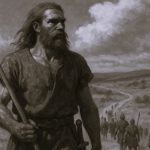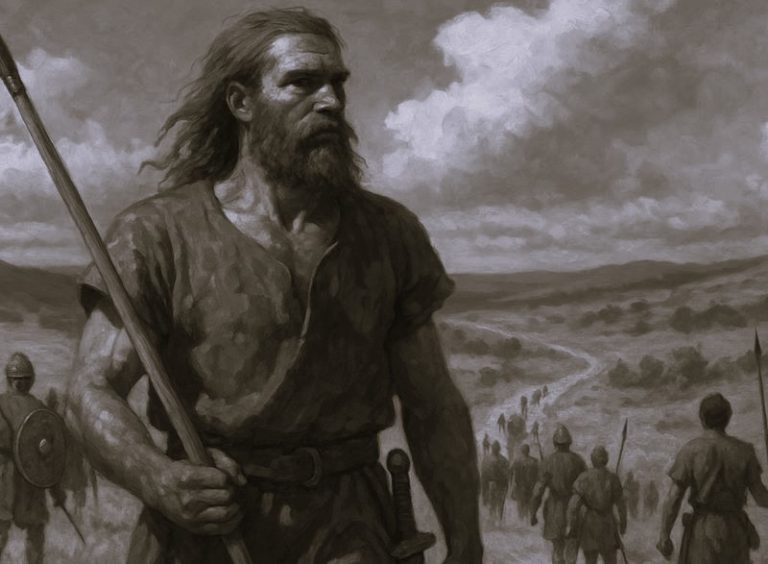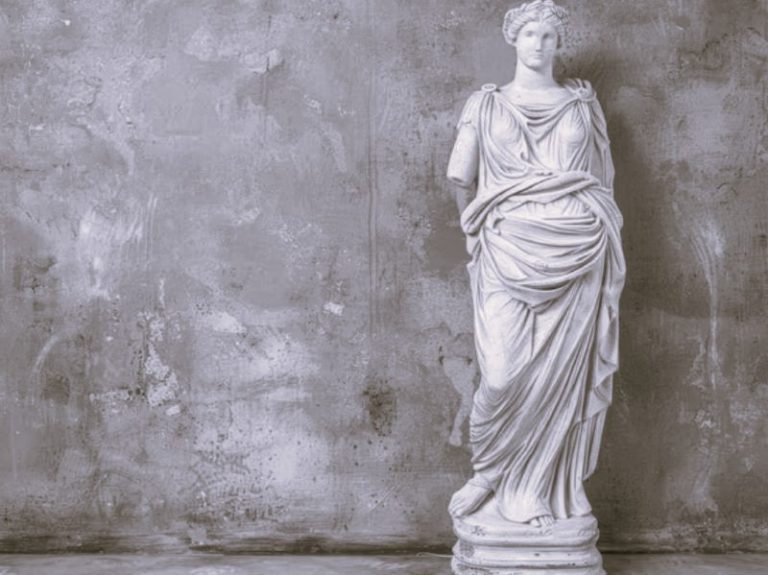

Napoleon didn’t like sitting for portraits, and yet artists and mass market prints helped cement his legendary status.

By Matthew Wills
Corsican-born Napoleon Bonaparte, known for conquering much of Europe and crowning himself Emperor of the French, knew the importance of good iconography. Portraiture and propaganda were crucial elements of his life story, which began with his birth on August 15th, 1769. Napoleon was portrayed in different ways throughout the years, from the young, dashing Romantic to the fleshier majesty of Neoclassical glory. Antoine Gros, Jacques-Louis David, and Jean August Dominique Ingres all made indelible images of Napoleon that helped perpetuate his myth in his own lifetime.
These drawings and paintings still shape our idea of Napoleon, even though, as art historian Edgar Munhall makes clear, Napoleon did everything he could to avoid actually sitting for portraits. Each artist had to idealize their subject in their own way. Their model was too mercurial, with no time for posing for artists. Jacques-Louis David figured out his role early, saying “I shall slide into posterity in the shadow of my hero.” In 1804, David would be titled “First Painter of the Emperor.”
READ THE ENTIRE ARTICLE ON JSTOR DAILY






